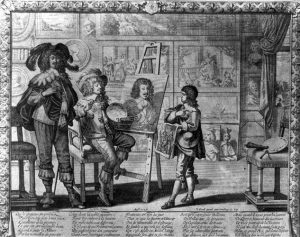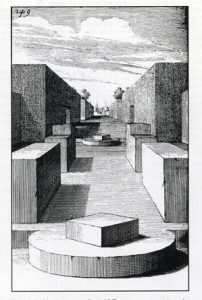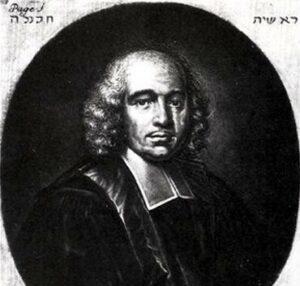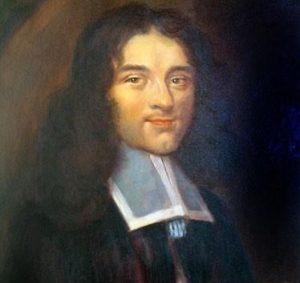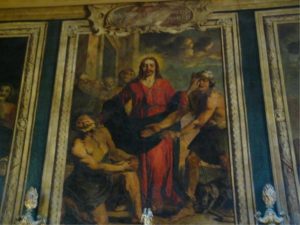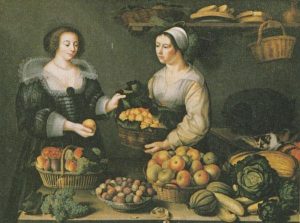The engraver
Abraham was born in Tours and he was brought up as a Calvinist. His father, Louis, was a Calvinist tailor, born in the Duchy of Clèves near Kranenburg, a region situated near the Dutch border, but now in Germany. However, his mother, Marie Martinet, was a Cathholic. He married Catherine Sarrabat, the daughter of a clockmaker in Tours, in 1633 and settled in Paris shortly afterwards, where he worked for the engraver Melchior Tavernier, who was also a Huguenot. He engraved the portrait of Jacques Callot, who gave him much advice. He made many engravings, (about 1500 prints, mostly etchings) and these were of many different types : portraits, allegories, “genre painting”, religious scenes, engravings of plants for the collection called “The King’s Plants”. He liked to transpose scenes from the Gospel into contemporary settings in France, for example in the series Parable of the Wise Virgins and the Foolish Virgins or that called The Prodigal Son.
The Royal Academy of Painting and Sculpture
Abraham Bosse was appointed to teach the rules of perspective when the Royal Academy of Painting and Sculpture opened its doors. However, he was of a temperamental, highly-strung nature, prone to bouts of anger and for this reason he had to leave the institution. While teaching there he had vehemently opposed Charles Errard, Charles Le Brun and Henri Testelin.
The theorist
Abraham Bosse worked a great deal as a theorist. He wrote several treatises which were inspired by the theories on perspective written by the geometrician, Desargues. The fact that some of these were translated into several languages, some as late as the XVIIIth century, shows that they were considered valuable references. For example, A treatise on different methods of copper- plate engraving.(1645), A treatise on the theories of flat projection and perspective as taught in the Royal Academy (1665), The Painter “converted” to the precise and universal rules of his art (1667).


